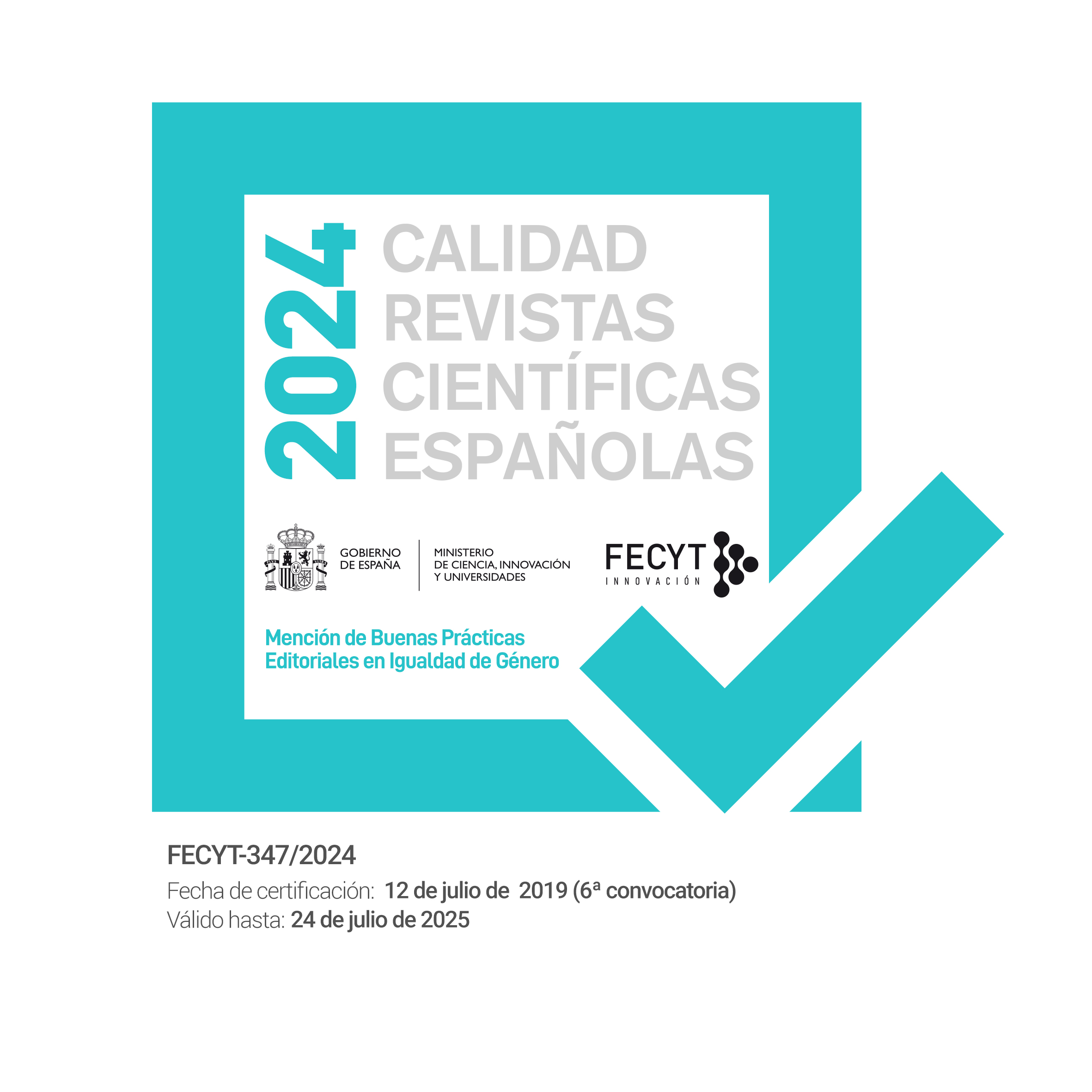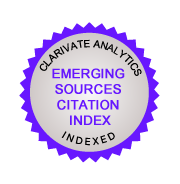LA CONSTRUCCIÓN DE UN ESPACIO DE PODER: LOS CASTILLOS DEL ESTADO SEÑORIAL DE FERIA
DOI:
https://doi.org/10.5944/etfvii.2.2014.13283Abstract
Resumen: El objetivo de este trabajo es analizar el modo en que los castillos contribuyen a estructurar un Estado señorial como espacio de poder, basándonos en el ejemplo concreto del Estado señorial de Feria durante el siglo XV. Para ello, analizaremos el modo en que la función asignada a una fortificación dentro de la estructura territorial impuesta al dominio señorial, determina su configuración arquitectónica. En consecuencia, veremos cómo la jerarquización del espacio entre un centro y una periferia da lugar a sendas tipologías de castillos. Por otro lado, la promoción del señorío a condado, contribuirá a definir la identidad del linaje, estableciendo un centro simbólico del mismo en el castillo de Feria.Downloads
Download data is not yet available.
Published
2017-01-25
How to Cite
Sánchez González, J. J. (2017). LA CONSTRUCCIÓN DE UN ESPACIO DE PODER: LOS CASTILLOS DEL ESTADO SEÑORIAL DE FERIA. Espacio Tiempo y Forma. Serie VII, Historia del Arte, (2). https://doi.org/10.5944/etfvii.2.2014.13283
Issue
Section
MISCELÁNEA
License
Authors who publish in this journal agree to the following terms:
- Authors retain copyright and grant the journal right of the first publication with the work simultaneously licensed under a license Creative Commons Reconocimiento-NoComercial 4.0 Internacional that allows others to share the work with an acknowledgement of the work's authorship and initial publication in this journal.

- Authors are able to enter into separate, additional contractual arrangements for the non-exclusive distribution of the journal's published version of the work (e.g., post it to an institutional repository or publish it in a book), with an acknowledgement of its initial publication in this journal.
- Authors are permitted and encouraged to post their work online (e.g., in institutional repositories or on their website) prior to and during the submission process, as it can lead to productive exchanges, as well as to earlier and greater citation of the published work (See The Effect of Open Access).








